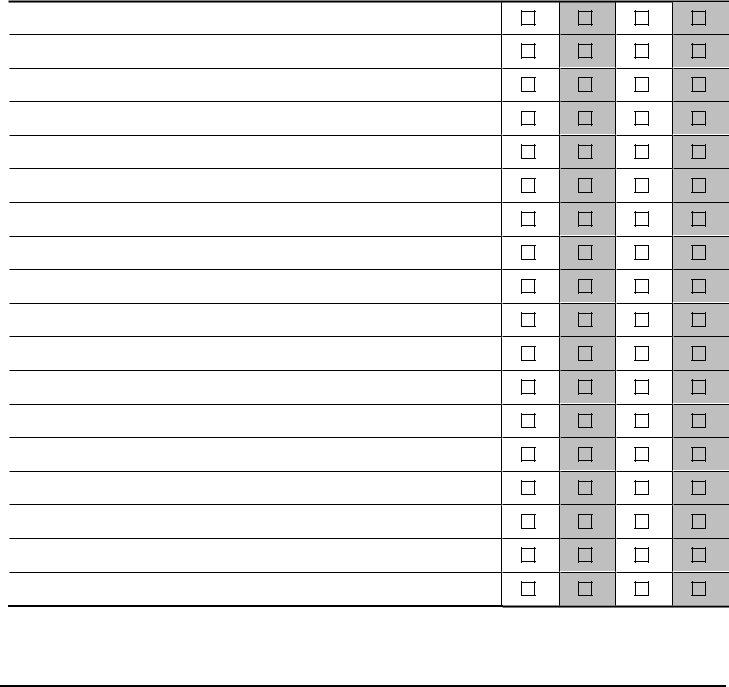Exploring the intricacies of patient mobility assessments, the Am Pac form emerges as a pivotal tool, designed to meticulously evaluate basic mobility functions in outpatient settings. Created by Boston University, this instrument employs a straightforward method for patients to convey the extent of their difficulties across a spectrum of everyday activities, ranging from bending over to pick up an object to engaging in strenuous physical activities. The form facilitates a systematic approach for healthcare providers to gauge a patient's functional capabilities, identifying areas that may require targeted interventions or support. By utilizing a series of questions that probe into the patient's ability to perform specific tasks without assistance, it captures a detailed snapshot of their mobility. In addition to direct patient feedback, the Am Pac form incorporates a scoring system that translates subjective input into quantifiable data, offering an invaluable resource for tailoring rehabilitation strategies. Distinguished by its comprehensive nature and ease of use, the Am Pac form stands as a testament to the concerted efforts aimed at enhancing patient care through improved functional assessments.
| Question | Answer |
|---|---|
| Form Name | AM-PAC Form |
| Form Length | 1 pages |
| Fillable? | Yes |
| Fillable fields | 75 |
| Avg. time to fill out | 15 min 19 sec |
| Other names | ampac pdf, am pac daily activity pdf, am pac short form manual, boston university am pac |

Boston University
Generic Basic Mobility Outpatient Short Form
Please check the box that reflects your (the patient’s) best answer to each question.
|
|
|
|
|
A |
|
|
|
How much difficulty do you currently have… |
Unable |
|
A Lot |
|
None |
|
|
|
|
|
Little |
|
|
||||
|
|
|
|
|
|
|
1.Bending over from a standing position to pick up a piece of clothing from the floor without holding onto anything?
2.Standing up from a low, soft couch?
3.Taking a
4.Running for 5 minutes on even surfaces?
5.Walking several blocks?
6.Walking up and down steep unpaved inclines (e.g., steep gravel driveway)?
7.Running a short distance, such as to catch a bus?
8.Carrying something in both arms while climbing a flight of stairs (e.g., laundry)?
9.Going up and down a flight of stairs outside, without using a handrail?
10.Making sharp turns when running fast?
11.Taking part in strenuous activities (e.g., running 3 miles, swimming half mile, etc.)?
12.Standing up from an armless straight chair (e.g., dining room chair)?
13.Walking on an uneven surface (e.g., grass, dirt road or sidewalk, brick walkways, sidewalks with curb and driveways cuts)?
14.Walking around one floor of their home, taking into consideration thresholds, doors, furniture, and a variety of floor coverings?
15.Doing light housework (e.g., dusting, minor sweeping)?
16.Moving up in bed (e.g., reposition self)?
17.Getting into and out of a car/taxi (sedan)?
18.Cleaning up spills on the floor with a mop?
1
1
1
1
1
1
1
1
1
1
1
1
1
1
1
1
1
1
2
2
2
2
2
2
2
2
2
2
2
2
2
2
2
2
2
2
3
3
3
3
3
3
3
3
3
3
3
3
3
3
3
3
3
3
4
4
4
4
4
4
4
4
4
4
4
4
4
4
4
4
4
4
Raw Score: |
|
CMS |
|
||
Standardized Score: |
|
CMS Modifier: |
|
||
© 2007, Trustees of Boston University, under license to CREcare, LLC. All rights reserved.